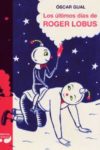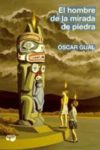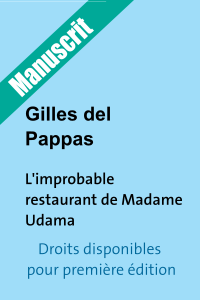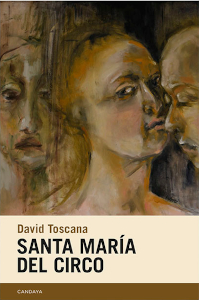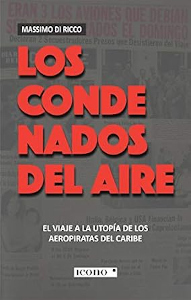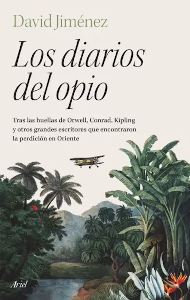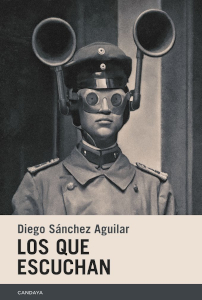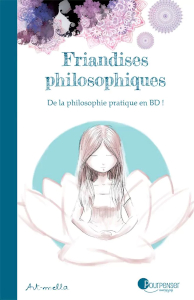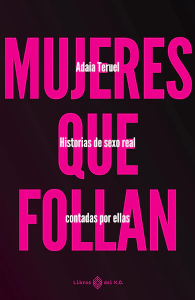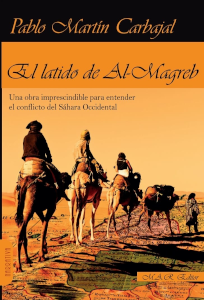The Man with the Look of Stone

ARISTAS MARTINEZ, 2018, 252 p. LITERARY FICTION, spanish
Quadrilogy “Sierpe” #4

A journalist and writer whose name is unknown, follows in the footsteps of a certain Drákos Vasiliás who, according to rumours, is able to “see” the global flow of speculative investments, give it meaning and predict its behaviour. A strange being with Savant syndrome who nevertheless paid a high price for turning into this kind of human super computer and who now lives prostrate in one of the highest skyscrapers in the City of London. Is it possible to predict the future in this way? Who exactly is behind Drákos Vasiliás? Our hero will try to answer these questions by reconstructing the different lives of the enigmatic Drákos who, before turning into an oracle, tried to develop a curious program to communicate with Mother Nature, and before that triumphed in the industry of self-confidence and motivation under the name of Milhomes, and above all was a poor devil named Chema who transformed the boring market of office equipment into a bloody battlefield.
His investigation becomes even more complicated with the appearance of other characters, such as Tony Drákos’ assistants invaded by his own demons, Tella y Yazir two tramps living in the Millionaire’s villa away from the world, “the Hobbits” a gang of hackers and activists who appear and disappear from history in silence.
A novel that moves between unauthorized biography, plot novel and failed investigation. Or, as Vladimiro Rascón says in the voice giving the orders by telephone, an epistemological thriller. A novel in which macroeconomics, personal development, positive psychology, naturism and investigative journalism all turn out to be powerful belief systems, endowed with the narcotic talent to calm the human being.
“It seems that with God’s corpse still warm, the man began to wander around looking for another dealer who could offer him the same thing. But he no longer found good products, only substitutes of dubious quality that certainly fulfilled the same functions: to calm down, not to ask questions. But the effects disappear more quickly.”
Original Title
El hombre de la mirada de piedra
“Destaca la facilidad del autor para esbozar imágenes fulgurantes con los materiales de la ciencia (la biología pero también la alquímia, la economía pero también la religión) y mezclarlas en un ritmo sincopado que va de la serena meseta reflexiva a la ajetreada cumbre de la acción y la intriga” | Robert Juan-Cantavella, Quimera
“El tema central de la novela es la adicción del cerebro humano al orden. Es por ello que necesitamos creer que todo ocurre por una causa, que hay un sentido oculto detrás de todo lo que ocurre. Pero a veces o no lo hay o simplemente no somos capaces de asimilarlo. Y si esas respuestas ya no nos las proporciona Dios, pues nos inventamos nuevas religiones que nos tranquilicen, ya sea la economía financiera, la superación personal o el naturismo. Cualquier cosa antes que rendirnos al caos, que nos aterra”. Por Juanma Velasco, LEVANTE
“Aunque desde un principio es evidente que el libro de Gual se mueve cómodo en un registro que tiende a lo cómico, también es cierto que regala pasajes memorables en el que el humor da un paso a un lado y deja que sople una corriente de pensamiento que trae preguntas también difíciles de responder como por ejemplo, ¿fue la irrupción de la conciencia un accidente de la evolución? O: ¿quién nos gobierna? ¿Personas, números o genes? ¿Qué hay detrás del velo de la realidad que ni siquiera intuimos que permite que funcionen los procedimientos ultrahumanos de personas como Daniel Tammet o Drákos Vasiliás?”. POR EDUARDO ALMIÑANA, CULTUR PLAZA
Territory of representation
World Wide
More about the rights available for this book
sophiesavary@sosavbooks.com

